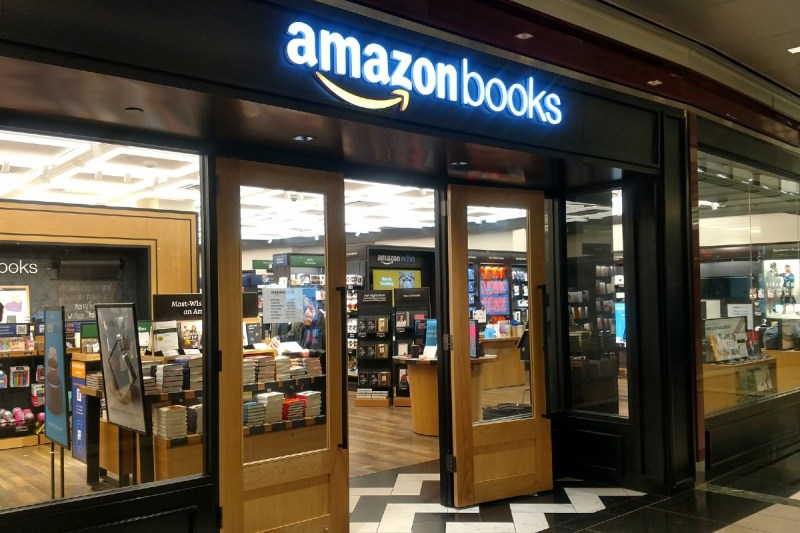First, Amazon killed traditional bookstores. Then, the retail giant decided to open its own brick-and-mortar stores. Now, the Amazon Books initiative is dead.
In a strange, meta saga, Amazon Books, the online retailer’s physical store experiment exploded like an unpunctured potato in the microwave. On March 2, the company confirmed that it’s closing all 68 of its physical bookstores and pop-ups in a major crash into the concrete from its dive into bookstore locations. Also falling under the ax is Amazon’s “4-star” experiment — a store that sells toys, household goods, and other items with high customer ratings. Moving forward, Amazon announced that it plans to focus its on-the-ground presence on grocery stores, its new L.A. fashion store, Amazon Style, and cashier-less tech.

“We remain committed to building great, long-term physical retail experiences and technologies, and we’re working closely with our affected employees to help them find new roles within Amazon,” Betsy Harden, a company spokesperson, said in a statement.
In November 2015, the bookstore became Amazon’s first full-fledged foray into tangible locations. After opening its first book shop in Seattle, Amazon has attempted an array of retail operations: Convenience stores without cashiers, and its massive investment in the high-end organic supermarket Whole Foods. The goal remains to reach shoppers in more places and bring real-world sales in line with its online growth.
The launch was a secretive mission meant to ratchet up excitement before the official grand opening. Amazon even used a code name — “Project Anne” — in its blueprints to keep the project’s identity under wraps.
Related Guides
Though it’s being shuttered after six years, the initiative was not a total failure. Like any quality attempt, Amazon Books showed the giant company what worked and what didn’t, setting the stage for future retail ventures. Customers consistently said the stores were a convenient hub to return Amazon products purchased online and to browse
Alas, the company’s grand plans and innovative techniques were not enough to counter the online shopping experience offered by Amazon itself.
Andy Jassy, Amazon’s new chief executive, likely made this call after seeing the dire numbers when he took the top job in July. The behemoth’s “physical stores” revenue accounted for a paltry 3% of Amazon’s $137 billion in sales in 2021’s last quarter, and most of this reflected spending at its Whole Foods subsidiary.
Stores will fold on various dates, likely aligning to lease agreements and stock. Workers will receive severance pay as well as assistance in finding jobs at nearby company stores. As of December 31, Amazon still maintained 672 North American retail outlets, according to its annual filing with the SEC.
There’s no word on how many jobs would be lost. Amazon founder Jeff Bezos, for his part, asserted that this wouldn’t stop the company from continuing to undertake new ventures.
“If the size of your failures isn’t growing, you’re not going to be inventing at a size that can actually move the needle,” Bezos said last July, not coincidentally just as Jassy was taking the reins as CEO.



